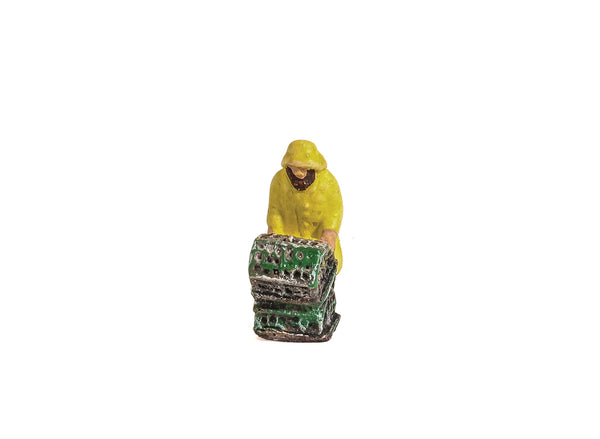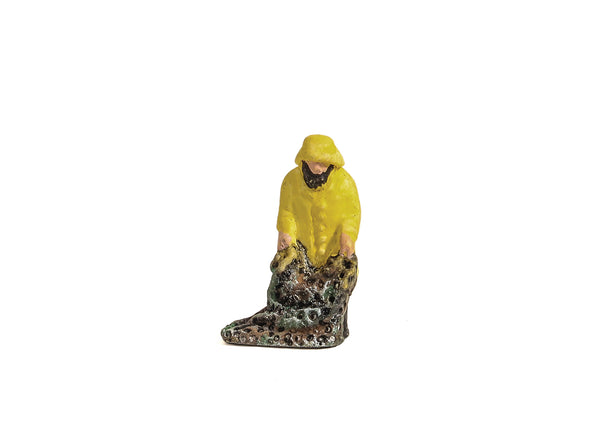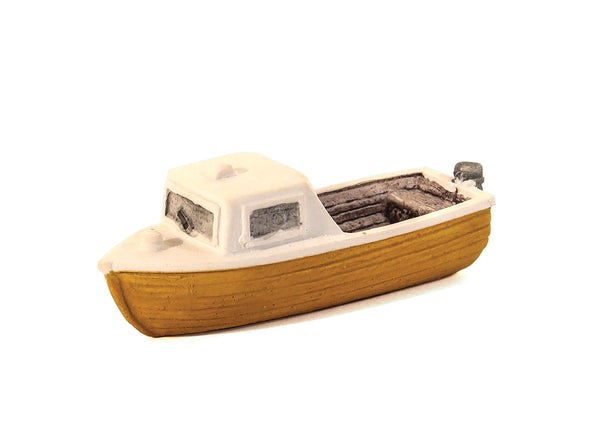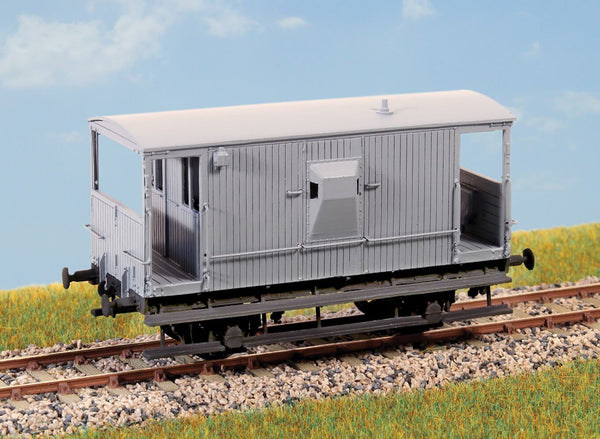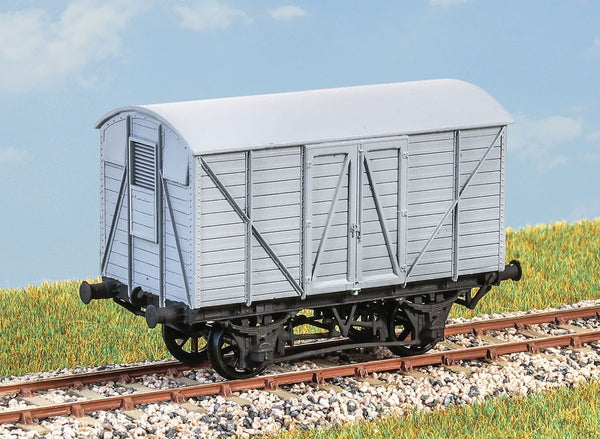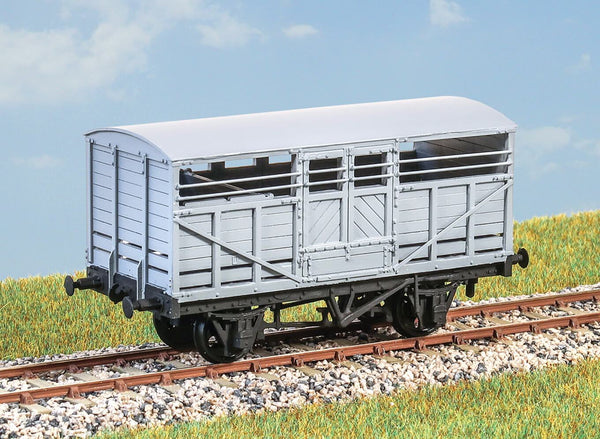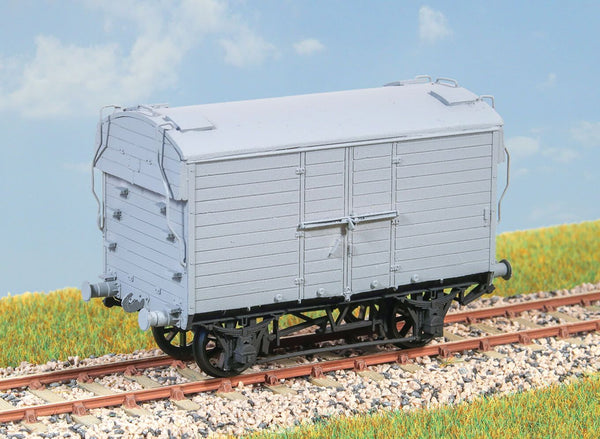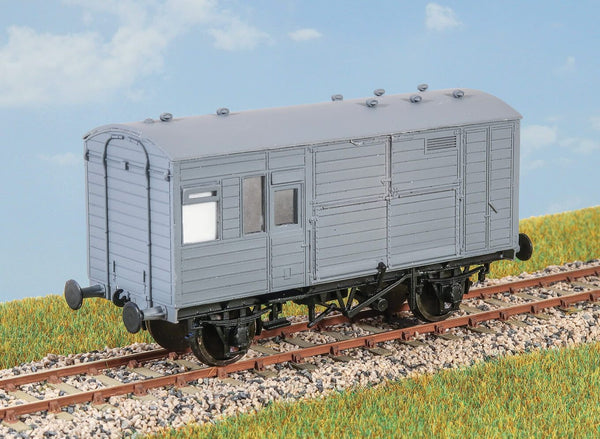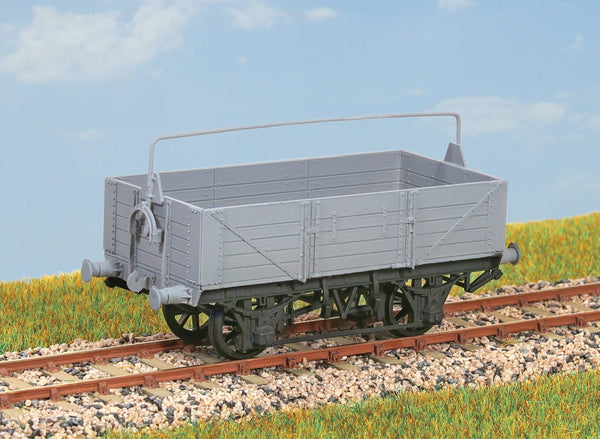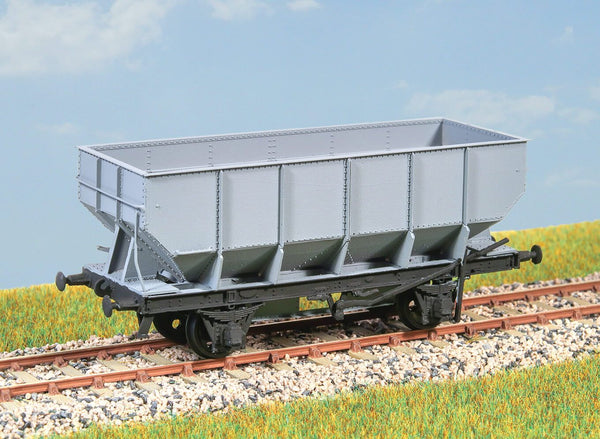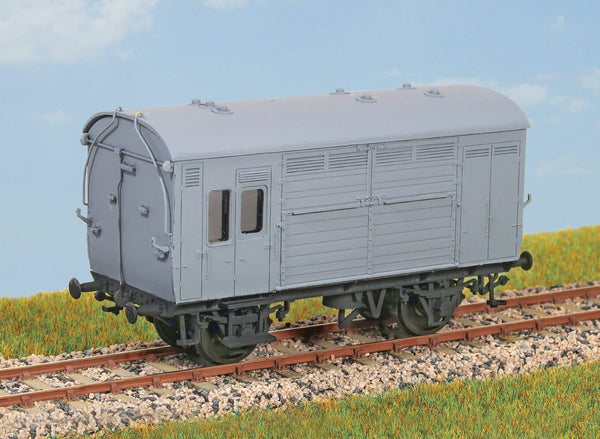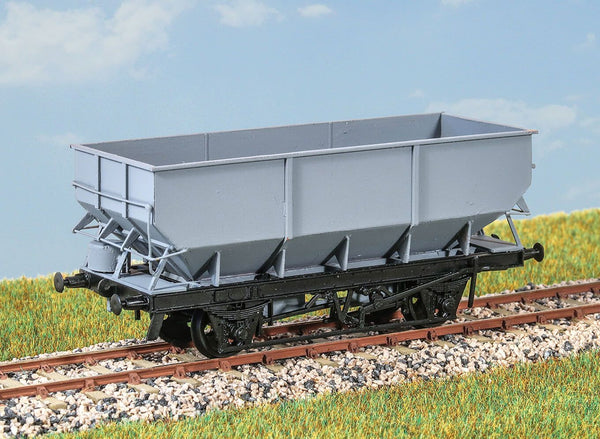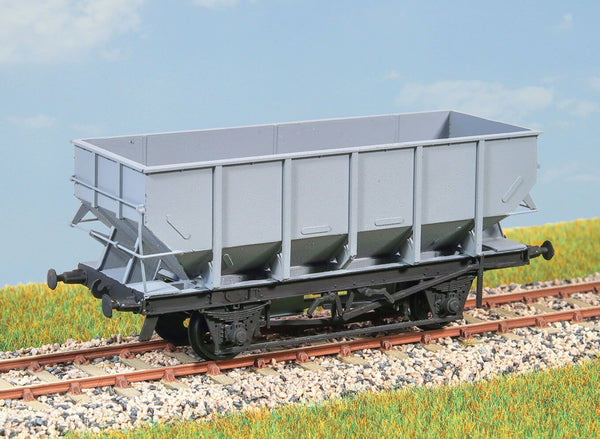BROWSE PECO PRODUCTS
Browse through our complete product portfolio.
769 Products Found
Painted Rowing Boat
The popular wooden rowing boat (QS415) has been given a makeover - red hull, white top and wood brown interior. Size (mm) 41 x 14 x 4 The Harburn Hamlet range of painted resin accessories provide interesting scenic details to go around the quayside on your layout.
Wooden Rowing Boats
For lakes, rivers, harbours and sometimes seen stored in house driveways.
Size each (mm) 41 x 14 x 4 The Harburn Hamlet range of painted resin accessories provide interesting scenic details to go around the quayside on your layout.
Small Fishing Boat Forward Wheelhouse
Also used for diving support, pleasure trips and tendering duties. Details include winch, navigation lights and equipment, life belts and separate mast to fit into the hole in the wheelhouse roof. Approx size 120mm x 35mm. The Harburn Hamlet range of painted resin accessories provide interesting scenic details to go around the quayside on your layout.
Small Fishing Boat Rear Wheelhouse
Inshore small fishing craft seen around the coasts of Britain. Details include winch navigation lights and equipment, life belt and separate mast to fit into hole in deck behind wheelhouse. Approx size 120mm x 35mm. The Harburn Hamlet range of painted resin accessories provide interesting scenic details to go around the quayside on your layout.
Fisherman in Yellow Oilskins with Creels
Height (mm) 24.5 The Harburn Hamlet range of painted resin accessories provide interesting scenic details to go around the quayside on your layout.
Fisherman in Yellow Oilskins with Net
Size (mm): H 24.5, Base 15 x 11. The Harburn Hamlet range of painted resin accessories provide interesting scenic details to go around the quayside on your layout.
Yellow Motor Boat with small cabin
Approx size 53mm x 18mm. A small craft used for fishing or leisure, ideal for a quay, lake or river scene or as a trailer load for a road vehicle. The Harburn Hamlet range of painted resin accessories provide interesting scenic details to go around the quayside on your layout.
Blue Motor Boat with small cabin
Approx size 53mm x 18mm. A small craft used for fishing or leisure, ideal for a quay, lake or river scene or as a trailer load for a road vehicle. The Harburn Hamlet range of painted resin accessories provide interesting scenic details to go around the quayside on your layout.
Red Motor Boat with small cabin
Approx size 53mm x 18mm. A small craft used for fishing or leisure, ideal for a quay, lake or river scene or as a trailer load for a road vehicle. The Harburn Hamlet range of painted resin accessories provide interesting scenic details to go around the quayside on your layout.
Lobster Boat with Fisherman and Blue Roof
Registration number LO 266 on bows, name 'Galaxy' on stern. Approx size 100mm x 36mm. The Harburn Hamlet range of painted resin accessories provide interesting scenic details to go around the quayside on your layout.
Lobster Boat with Fisherman and Red Roof
Registration number RY 199 on bows, name 'Mi Amigo' on stern. Approx size 100mm x 36mm. The Harburn Hamlet range of painted resin accessories provide interesting scenic details to go around the quayside on your layout.
LNER 20ton Brake Van Toad E
900 of these vans were built between 1930 and 1936. Seen all over the former LNER system, they lasted in service into the mid 1960s. These finely moulded plastic wagon kits come complete with pin point axle wheels and bearings. Glue and paint will be required, along with appropriate transfers. Additional parts to enable the vehicle to be modelled incorporating modifications made to the prototypes during their working life are included where appropriate.
GWR 10ton Banana Van
The GWR introduced a fleet of these vans (diagram Y4) in the early 1920s. These vans could still be seen in service into the 1950s. These finely moulded plastic wagon kits come complete with pin point axle wheels and bearings. Glue and paint will be required, along with appropriate transfers. Additional parts to enable the vehicle to be modelled incorporating modifications made to the prototypes during their working life are included where appropriate.
LMS Cattle Wagon
The LMS built 2050 of these wagons (diagram 1661) between 1923 and 1926. They lasted in use until the early 1960s. These finely moulded plastic wagon kits come complete with pin point axle wheels and bearings. Glue and paint will be required, along with appropriate transfers. Additional parts to enable the vehicle to be modelled incorporating modifications made to the prototypes during their working life are included where appropriate.
GWR 10ton Gunpowder Van
These gunpowder vans (diagram Z2) were built between 1913 and 1926 to carry gunpowder and other explosives. Examples lasted until around 1960. These finely moulded plastic wagon kits come complete with pin point axle wheels and bearings. Glue and paint will be required, along with appropriate transfers. Additional parts to enable the vehicle to be modelled incorporating modifications made to the prototypes during their working life are included where appropriate.
GWR 6ton Insulated Van
‘Mica B’ X7 These vans were built in 1921 - 1923 to carry fresh or chilled meat. Some vans were converted to TEVANS in the 1930s. Most survived into Nationalisation in 1948 and a few into the early 1960s. These finely moulded plastic wagon kits come complete with pin point axle wheels and bearings. Glue and paint will be required, along with appropriate transfers . Additional parts to enable the vehicle to be modelled incorporating modifications made to the prototypes during their working life are included where appropriate.
GWR 10ton Goods Van
10 ton Goods Van ‘Mink/Mink A’ V12, V14 and V16 Built between 1907 and 1927. Used for general goods traffic throughout the British railway system. In service until around 1960, later in departmental use. These finely moulded plastic wagon kits come complete with pin point axle wheels and bearings. Glue and paint will be required, along with appropriate transfers. Additional parts to enable the vehicle to be modelled incorporating modifications made to the prototypes during their working life are included where appropriate.
LNER Horse Box Wagon
30 of these horse boxes (diagram 5) were built by the LNER in 1938, mainly to carry racehorses to meetings throughout Britain. Many lasted into the early 1960s. These finely moulded plastic wagon kits come complete with pin point axle wheels and bearings. Glue and paint will be required, along with appropriate transfers. Additional parts to enable the vehicle to be modelled incorporating modifications made to the prototypes during their working life are included where appropriate.
GWR 00 12ton China Clay Wagon
500 of these wagons (diagram O13) were built in 1913. Used for short run traffic in Cornwall and to carry china clay to potteries and paper mills. Final withdrawal took place in the late 1950s. These finely moulded plastic wagon kits come complete with pin point axle wheels and bearings. Glue and paint will be required, along with appropriate transfers. Additional parts to enable the vehicle to be modelled incorporating modifications made to the prototypes during their working life are included where appropriate.
GWR 10ton Open Goods Wagon
(Diagram O11/15) Over 12000 were built between 1909 and 1922. 011 had hand brake only and 015 wagons had the vacuum brake. Examples lasted into the 1950s. These finely moulded plastic wagon kits come complete with pin point axle wheels and bearings. Glue and paint will be required, along with appropriate transfers. Additional parts to enable the vehicle to be modelled incorporating modifications made to the prototypes during their working life are included where appropriate.
LNER 20ton Hopper Wagon
13,645 of these wagons were built. Features the unique LNER brake gear. Represents the batch of 409 built by Hurst Nelson in 1936. Examples lasted into the 1970s. These finely moulded plastic wagon kits come complete with pin point axle wheels and bearings. Glue and paint will be required, along with appropriate transfers. Additional parts to enable the vehicle to be modelled incorporating modifications made to the prototypes during their working life are included where appropriate.
GWR Horse Box Wagon
Diagram N13. 300 of these were built in the 1920s with many lasting into the 1950s and 60s. Seen throughout Britain carrying horses to racecourses and stables, invariably marshalled in passenger or parcel trains. These finely moulded plastic wagon kits come complete with pin point axle wheels and bearings. Glue and paint will be required, along with appropriate transfers. Additional parts to enable the vehicle to be modelled incorporating modifications made to the prototypes during their working life are included where appropriate.
BR 21ton Rebodied Hopper Wagon
21 ton Rebodied Hopper Wagon (Vac. Braked) In the 1970s BR started to put new bodies on hopper wagons built in the 1940s and 1950s. Some ran with vacuum brakes. Examples lasted into the 1990s. These finely moulded plastic wagon kits come complete with pin point axle wheels and bearings. Glue and paint will be required, along with appropriate transfers . Additional parts to enable the vehicle to be modelled incorporating modifications made to the prototypes during their working life are included where appropriate.
BR 21ton Coal Hopper Wagon
Diagram 1/146. 16,800 were built between 1952 and 1958. They were widely used for coal traffic especially in North East England. Common well into the 1980s. The kit has a choice of roller and oil axleboxes. These finely moulded plastic wagon kits come complete with pin point axle wheels and bearings. Glue and paint will be required, along with appropriate transfers. Additional parts to enable the vehicle to be modelled incorporating modifications made to the prototypes during their working life are included where appropriate.














